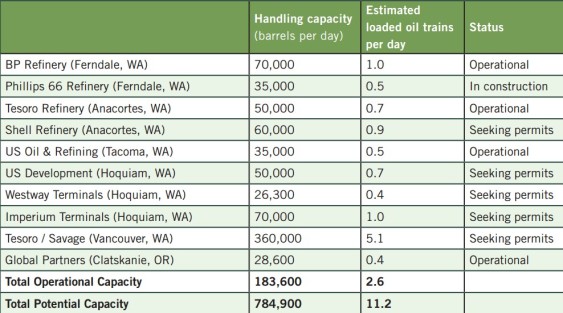It’s been scarcely three months since an oil train in Quebec exploded catastrophically, killing 47 people and leveling several blocks of a town. Then, last weekend, another oil-bearing train derailed resulting in another huge explosion:
Residents for miles around saw and heard a “large fireball” shortly after 1 a.m., [fire chief] Phelan said. “There’s been no explosion or similar event like that since.”
As before, local emergency responders were unable to put out the fire because it was simply too dangerous:
Fire officials say they have little choice but to let the fuel burn itself off, resulting in a dark, billowing cloud of smoke that remained hanging over Gainford throughout the day.
“…it’s safer just to let it flare until the product is consumed,” said Phalen, estimating the time required for burn-off to be between 24 and 72 hours.





